|
A couple of weeks ago, I visited the Dommuseum in Fulda. I knew from their website that they had at least some embroidered vestments. Little did I know that they had quite a lot of them! And when I asked if I would be allowed to take pictures, the clerk on duty said that he didn't mind me taking pictures. Unfortunately, he was quite a character and rather unpleasant. Half-way through the exhibition, he told me to stop photographing. No reason was given. Lucky for you and me, I had been able to take quite a few pictures before I was told to stop :). Enjoy the bling ... The above short video was shot with my phone. What you see here is one of the rooms where the vestments are shown. There are several of these large displays. They are reserved for the 'younger' vestments dating to the Baroque and Rococo (17th and 18th century). The vestments are shown in a kind of altar setting interspersed with other liturgical objects. Sets of matching liturgical vestments (cope, chasuble and dalmatic) are grouped together. As you can see the lighting is rather sparse. And the fact that most pieces are placed at a distance from the glass wall, makes studying them almost impossible. The written information was mostly limited to the name of the vestment, the date and the person who paid for it or for whom it was made. Not ideal for the curious embroideress! That said: the dim light and the 'scenic' placement of the vestments did give a good idea of how these gold embroidered vestements would have sparkled all those centuries ago. And that is an impression not many of us get to see nowadays. After all, how likely would it be to sit in a church service in the semi-dark (safety hazard!) with enough senior clergymen present (they are thinly spread these days!) that a full set of these antique vestments (museum people in uproar!) can be worn? And this is a picture of the same display made with my Canon digital camera (no flash, just a very steady hand). On the far left, you'll see a yellow cope behind a yellow dalmatic and maniple. They belong to the so-called Harstallscher Goldornat made in 1802 for the last Prince-Bishop of Fulda Adalbert von Harstall (1737-1814). The vestments are made of silk and gold brocade with some goldwork embroidery. Prominently in the middle of the picture are some red vestments. From the left: chasuble, stola, cope, palla, bursa, pink chasuble, pink stola and dalmatic. They belong to the so-called Roter Schleiffrasornat made in 1702 for Prince-Bishop Adalbert von Schleiffras (1650-1714). It is the oldest complete set of vestments in the museum. The vestments are made of silk and heavily decorated with goldwork embroidery. Detail of the cope hood of the Roter Schleiffrasornat. And this exquisite piece of goldwork embroidery can be found on the hood of the cope belonging to the Weisser Buseckscher Ornat made in 1748 for the Prince-Bishop Amand von Buseck (1685-1756). The fact that Amand was very good at drawing and a sponsor of the arts is probably reflected in the high quality of the padded goldwork on his vestments. Amongst all the bling I discovered what looks like a 17th-century casket of some sorts. No matter how hard I tried, I couldn't take decent pictures of it. And there was no information on the piece either. But since I know that there are several 'casketeers' reading my blog, I am including it here anyway.
That's quite enough bling for today me thinks! Although it is quite difficult to see the beautiful goldwork embroidery up close due to the way the pieces are presented, the museum is well worth a visit and even a detour when you are in the area. Especially as they have some even greater embroidered treasures dating to the Middle Ages. But that's for another blog post ...
6 Comments
As you probably know, I am a member of the Fiber Art Network. Not only do they sent informative newsletters once a week, but they also produce the magazine 'Fiber Art Now'. Periodically, I peruse the latest issues to search for embroidery art which captivates me. Here are my latest discoveries: Sherrell Cuneo's 'Mourning Gown' was selected for the exhibition Excellence in Fibers IV in the category wearables. It immediately caught my eye as the gown has a LOT of hand-stitched lettering on it. It says things like: 'Ending', 'extinct mammals' & 'August 12, 1883'. The dress chronicles the more recent extinction of species. This is what Sherrell writes on her website about the Mourning Gown: "The Mourning Gown is a simple gown with incredibly long sleeves and a hem, seen from above, in the shape of an equal armed cross. It is made of old muslin with somewhat tattered dagged edges. Encircling the neck it reads “She cries as each dies…” There are thoughts on extinction, the definition of the word ending, the lyrics to Moondog’s ‘All Is Loneliness’, and a circle dance prayer at the womb. But mostly it is an ongoing list of the names of relatively recent extinctions. I have tried to separate somewhat taxonomically. It has occurred to me that in embroidering a name I am perhaps spending more time on some of these species than has been spent in a very long time." She adds in the magazine: 'The gown will be done when all of the dress is covered, as the extinctions continue to go on at an alarming rate'. Very thought provoking indeed! Although not embroidery, the colourful work of Bisa Butler really captured my eye! There is so much to see in each of her quilts. They are so full of life. Bisa uses old black-and-white photographs to make her compositions. Each piece is extensively researched and incorporates aspects of her own multi-racial background.
Inclusion in the craft world, mostly meaning also using people of colour or with a disability in promotion, has been a topic in the English-speaking world for some time now. Contrary, I am unaware of similar discussion in either the Netherlands or Germany. Nevertheless, I really enjoyed looking at the pictures Mary Corbet published in a recent blog post regarding an embroidery book for kids. Amongst white kids, there were kids of colour proudly showing their projects. And even the diagrams showed fingers of colour. How cool is that?! But when I prepared my large stash of vintage embroidery yarn for sale, I found a stark reminder of how different things were not that long ago ... Amongst the far too many vintage coton a broder (Vierfachgarn) skeins in my ridiculously large stash, was one skein that stood out like a sore thumb: Neger Glanzstickgarn Nr. 25, 40m. The logo is that of a negro man with rays of sunlight. Although my collection includes a lot of obscure and now extinct brands of embroidery yarn, I had never before come across this particular brand. Time to ask Google :). And this is what Google replied: the Neger brand of embroidery yarn was produced from 1901 till 1950 in the Negergarn (= negro yarn) factory of the Gebrüder Wolf in Neukirchen über Crimmitschau in Saxony, Germany. During the times of the DDR, this factory became part of the VEB (Vereinigte Baumwollspinnereien und Zwirnereien = Cooperation of cotton spinners and pliers) which ceased to exist in 1991. You can find pictures of the factory and many different old labels on this excellent website. And here you'll find a vintage alphabet cross-stitch pattern for Negergarn as a free download. Typing 'Negergarnfabrik' into Google will find you many vintage patterns for sale. Just like Anchor and DMC do till this day, the Gebrüder Wolf too published patterns which would go with the yarn they produced.
Using Africans or Asians to promote a certain brand was done to certify that the particular goods were something exotic. After all, how many people of colour did the average white person came into contact with in the first half of the 20th century? This type of ethnic-branding was not at all frowned upon. How different that would be nowadays. Just imagine 'House of Embroidery' sporting an African in its logo ... Even harder to stomach for us enlightened people of the 21st century, is the fact why the Gebrüder Wolf promoted their colourfast Negergarn with a negro man: Just like negroes wouldn't lose their colour when they wash, this yarn wouldn't wash out either. Thank goodness this is unthinkable for DMC or Anchor today! Last week, I and my husband, my parents and my younger sister with husband and two kids met up in Lauterbach for a family holiday. I quickly realised that this is 'little red riding hood country'. Apparently, my namesakes the brothers Grimm were inspired by the embroidered little red caps of the Schwalm folklore dress worn by young girls. A small, but dedicated museum with lots of Schwalm embroidery can be found in nearby Schwalmstadt. And since so many of you live too far away to go visit, I am happy to take you there by means of this blog! Let's start with the red caps ... For most embroiderers, Schwalm embroidery is a whitework technique. We will get to that in a moment. Let's start with the more colourful embroidered pieces of the Schwalm folk dress. As you can see in the pictures above, there are not only red caps (Betzel in the local dialect). The colour depends on the age and marital status of the female wearer. Red is only worn by girls before they get married. The embroidery on the caps consists of satin stitch over cardboard padding. Making these cut cardboards was a special craft and usually performed by men. Similar to the prickings made for Appenzell embroidery; that's men's business too. No wonder these crafts disappeared as soon as they were no longer economically viable ... The Ecken (squares) are embroidered in the same style. These extra decorations were worn on feast days over the apron on the hips. The stomachers are also embroidered the same way. As are some bits of the highly decorative endings of the bands which keep the caps in place. These also sport elaborate needlelace. And last but not least, highly decorative garters. All the above pictures show folk dress items from the 18th till the 20th century. Those pieces also sporting goldwork embroidery, are at the later end of the spectrum. Let's end our trip to the museum with some beautiful 'typical' Schwalm embroidery in white. The Schwalm whitework does incorporate a little colour every now and then. And some pieces where actually dyed with indigo blue or even dyed black. All depending on the age of the wearer and the occasion. Male and female blouses were typically decorated with this type of embroidery. As are very fine and highly decorated handkerchiefs. And bedlinen. Probably not practical, but boy I want one! The museum also has modern Schwalm embroidery on display. Many pieces are even for sale. They also organise special exhibitions every other year. The beautiful catalogues of the past exhibitions can be obtained in the museum shop. And best of all: they sell antique linen. And they have a whole big cupboard full of the stuff. I was really good and only bought about four meters :). Two different qualities and rather fine. Someday they will inspire me to a beautiful whitework piece!
P.S. Please visit Luzine Happel's blog if you would like to know more on Schwalm embroidery and Schwalm folk dress. Make yourself a cuppa and prepare for a fall down the rabbit hole ... |
Want to keep up with my embroidery adventures? Sign up for my weekly Newsletter to get notified of new blogs, courses and workshops!
Liked my blog? Please consider making a donation or becoming a Patron so that I can keep up the good work and my blog ad-free!
Categories
All
Archives
July 2024
|
Contact: info(at)jessicagrimm.com
Copyright Dr Jessica M. Grimm - Mandlweg 3, 82488 Ettal, Deutschland - +49(0)8822 2782219 (Monday, Tuesday, Friday & Saturday 9.00-17.00 CET)
Impressum - Legal Notice - Datenschutzerklärung - Privacy Policy - Webshop ABG - Widerrufsrecht - Disclaimer
Copyright Dr Jessica M. Grimm - Mandlweg 3, 82488 Ettal, Deutschland - +49(0)8822 2782219 (Monday, Tuesday, Friday & Saturday 9.00-17.00 CET)
Impressum - Legal Notice - Datenschutzerklärung - Privacy Policy - Webshop ABG - Widerrufsrecht - Disclaimer

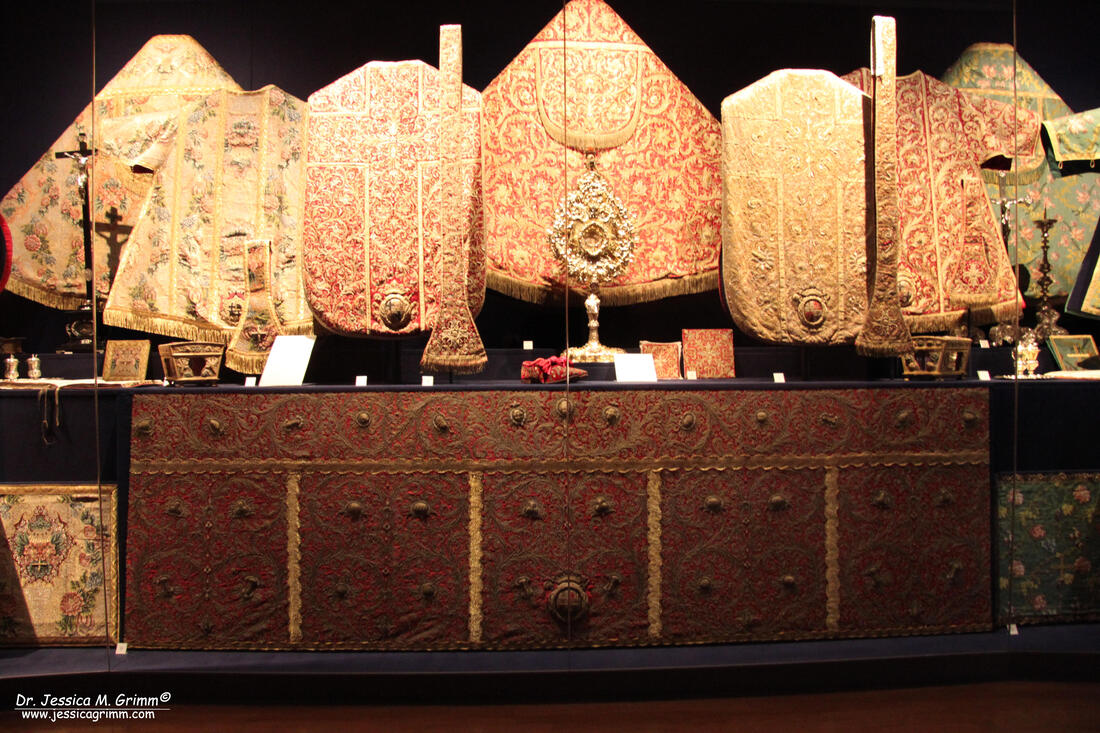
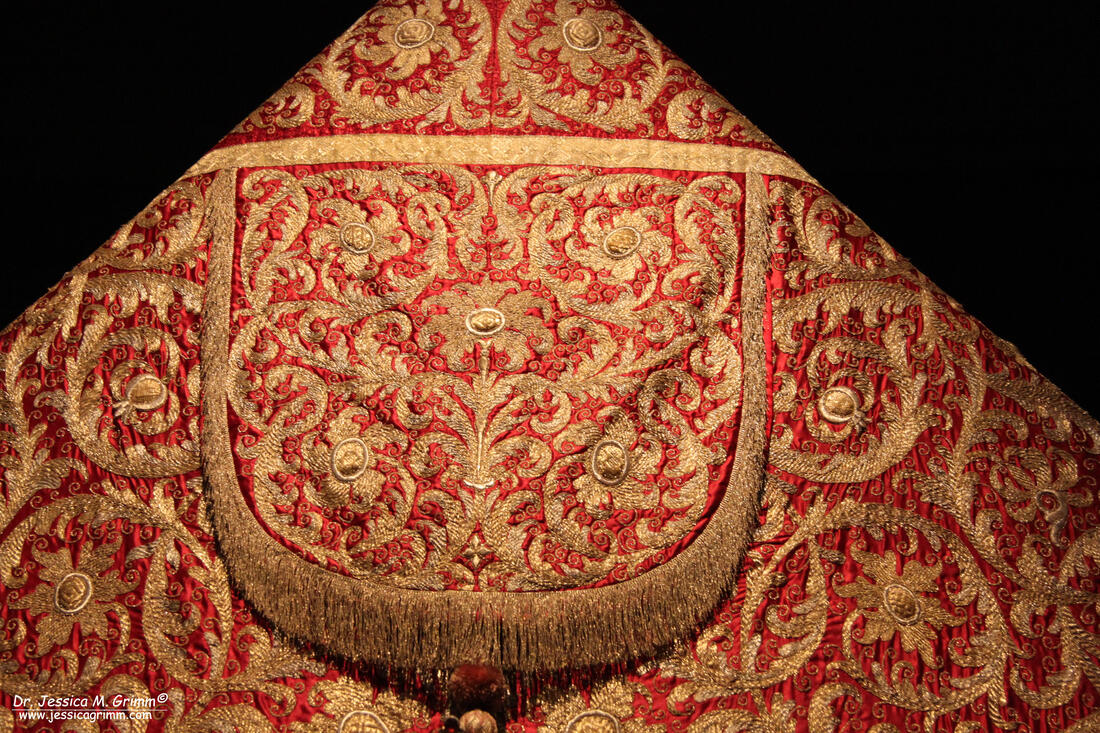
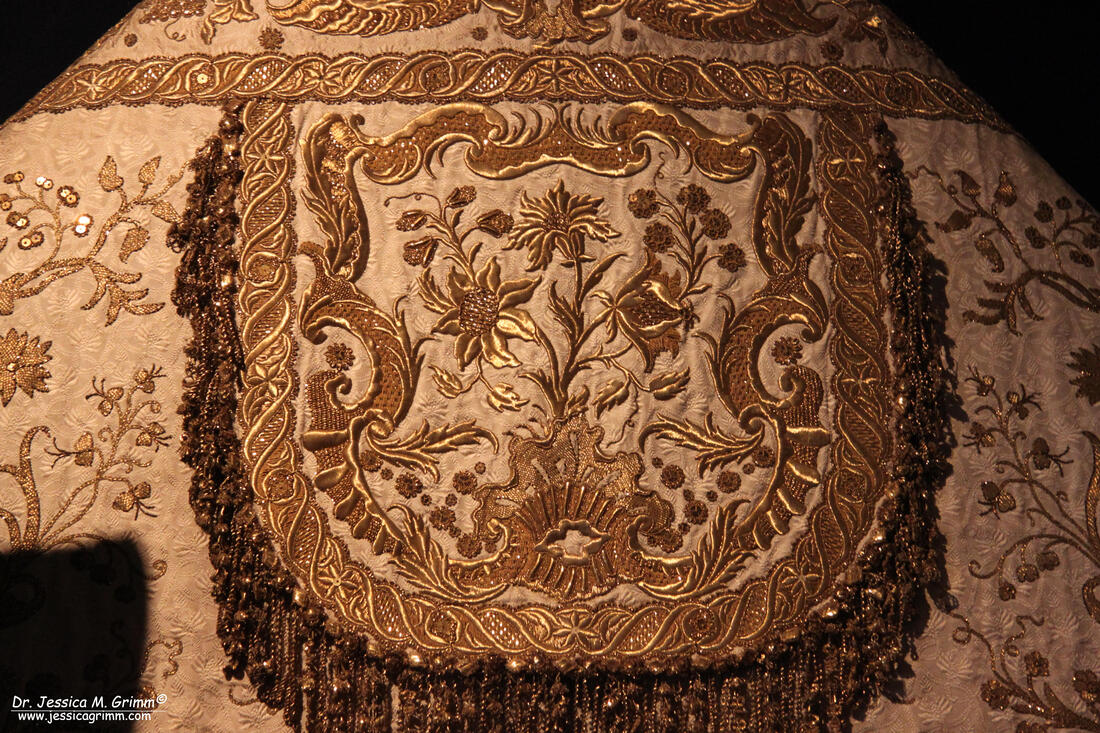
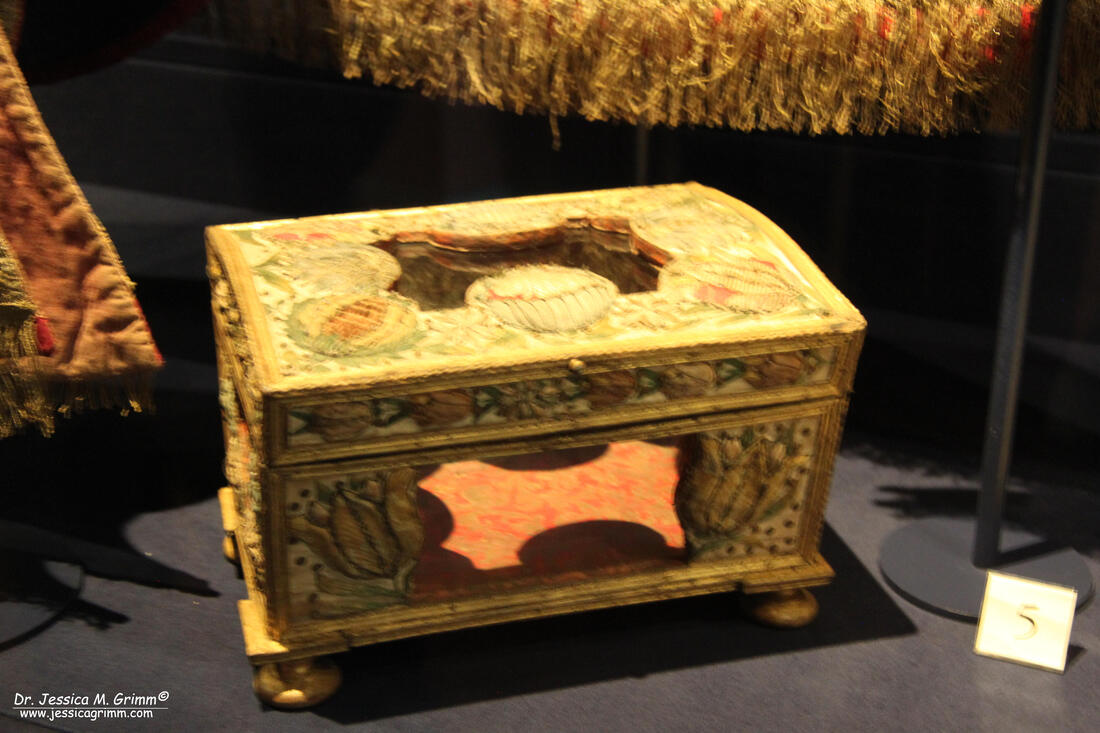
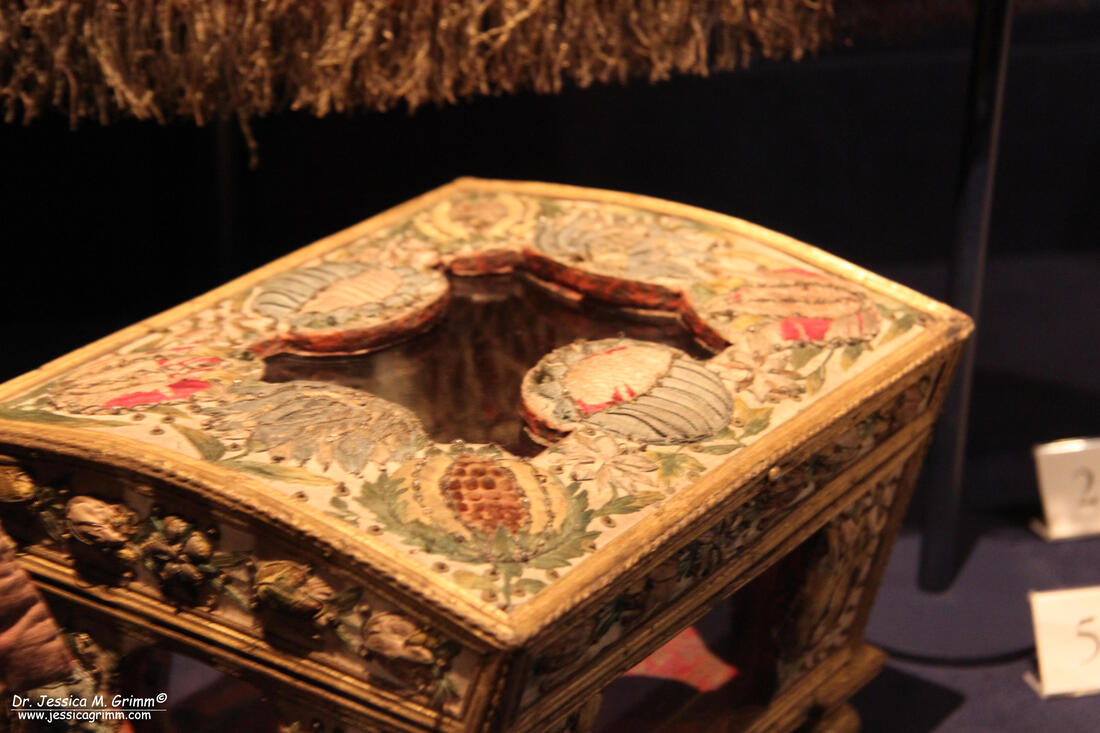
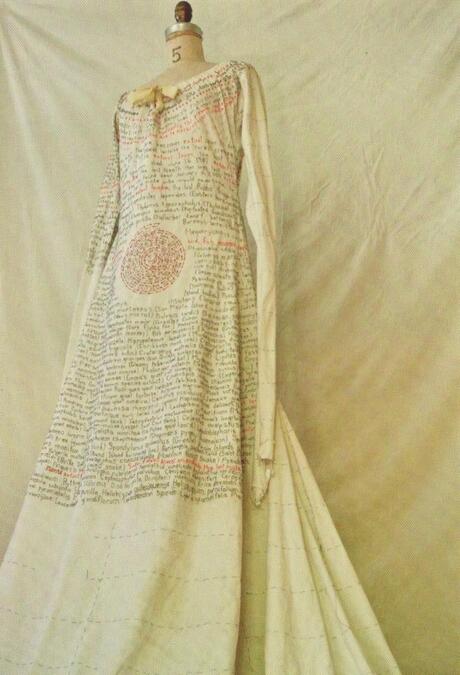
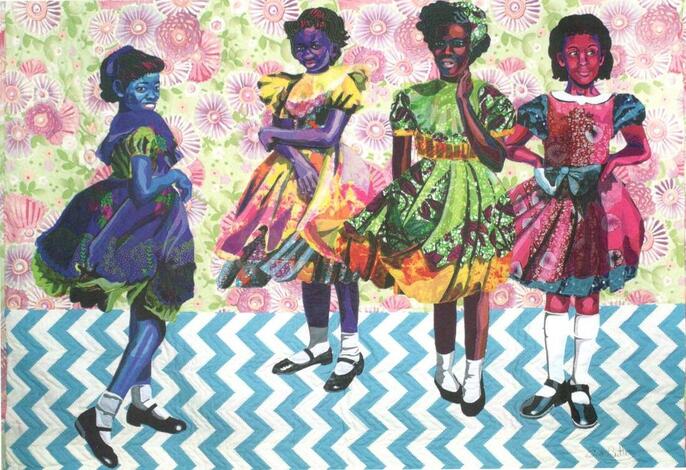
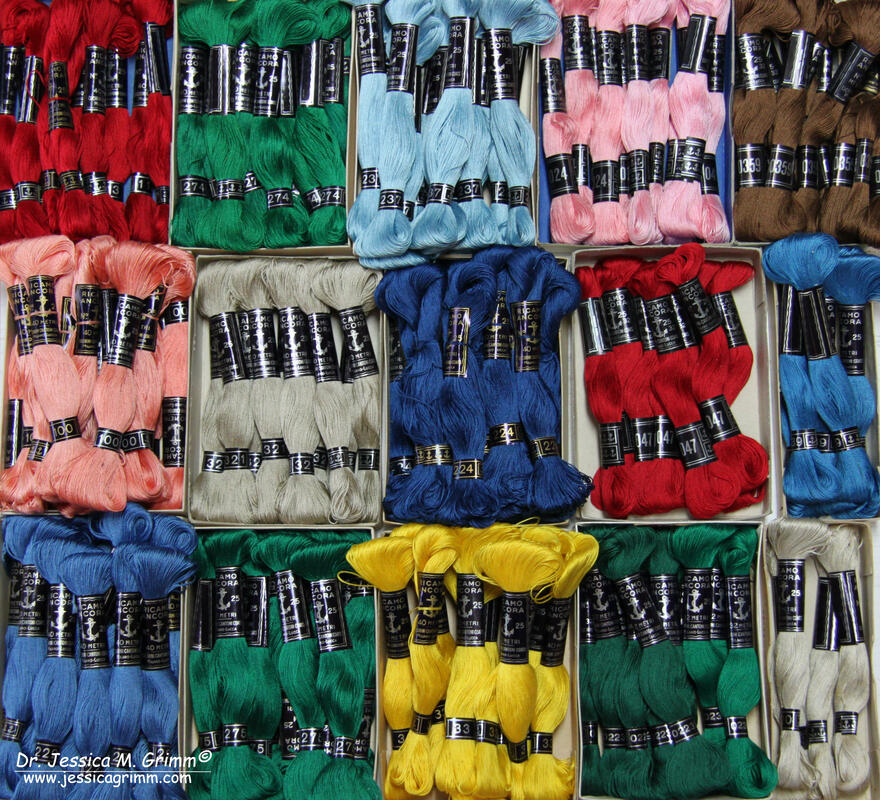
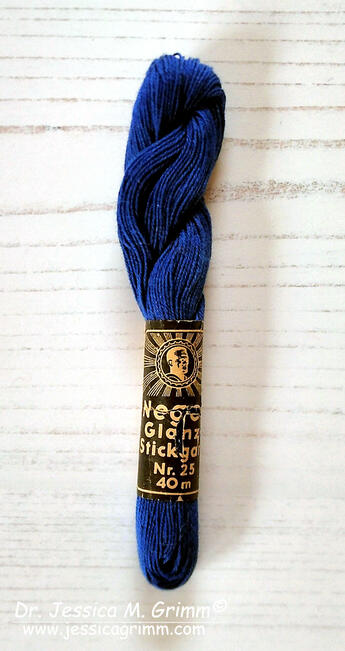
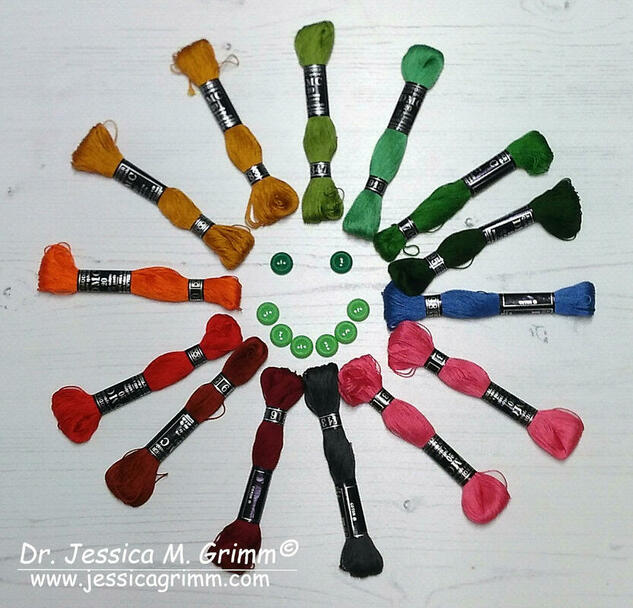





 RSS Feed
RSS Feed